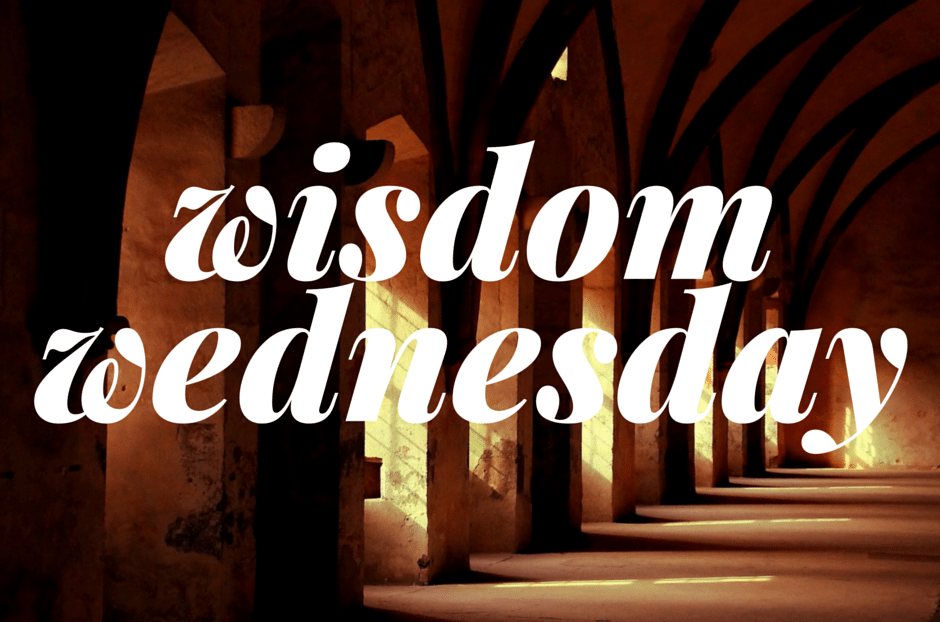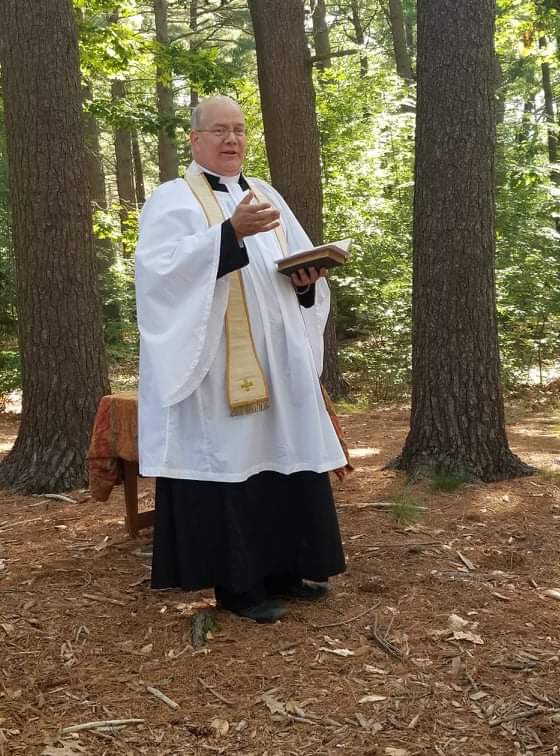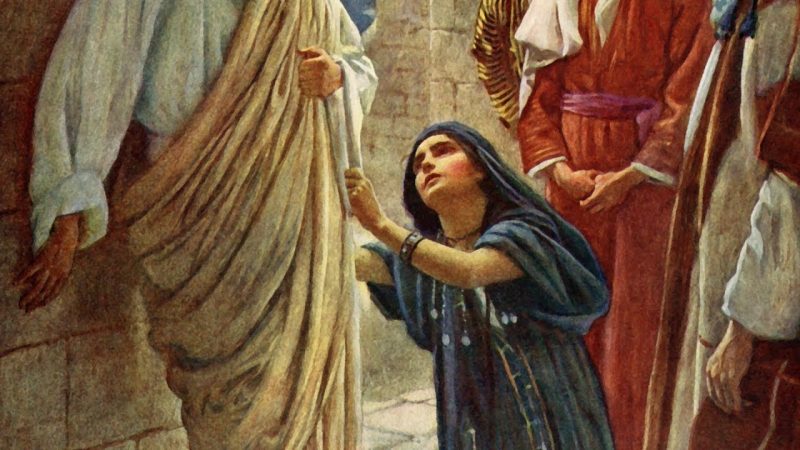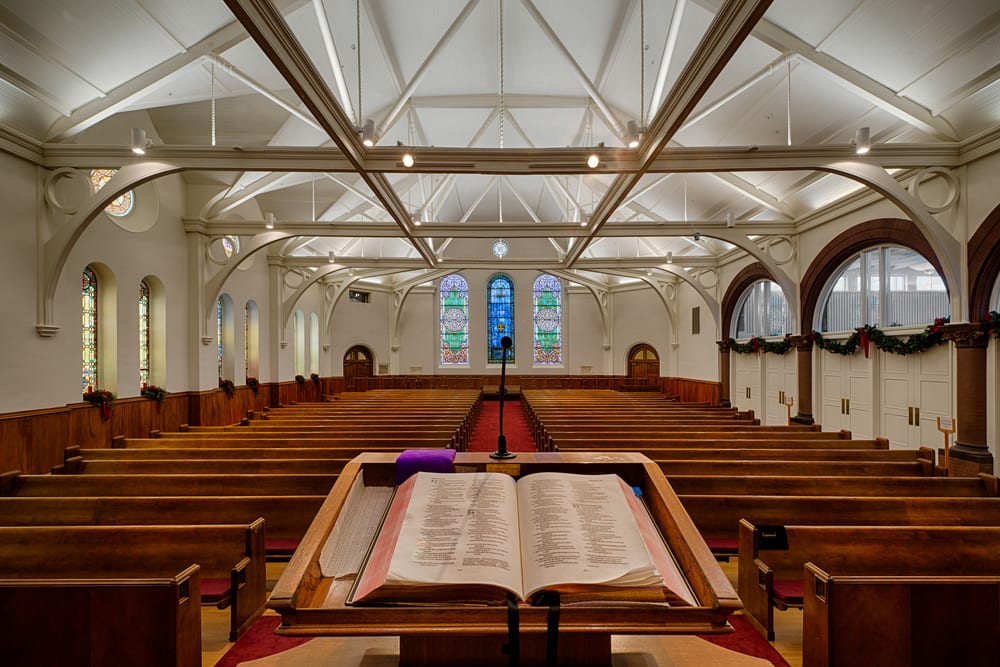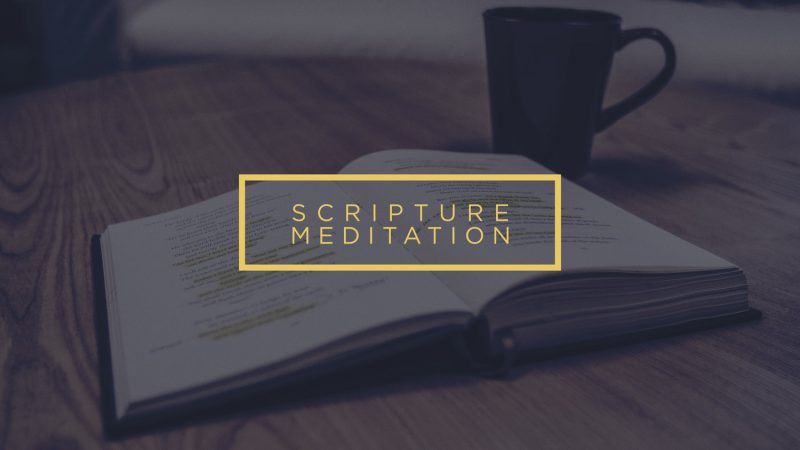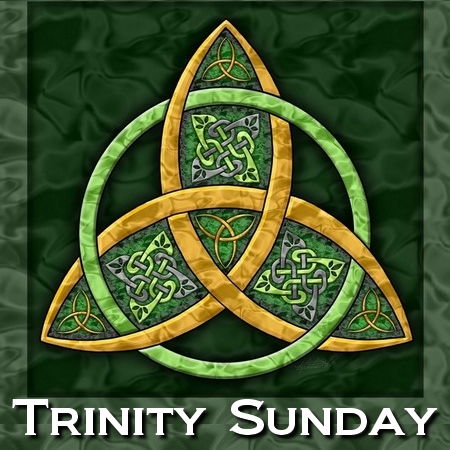A large part of my spirituality comes from my formation as a Benedictine Monk. Although it has been many years since I lived within the monastery walls, the Rule of St. Benedict still speaks to me, and the rhythm of work and prayer are a large part of my life.
Listen is the first word in the Rule of St. Benedict, for listening is of the utmost importance in the spiritual life and other parts of our lives. In his masterful commentary on the Rule, Terrance Kardong writes that “This beginning sets the tone of RB (Rule of St. Benedict) as practical wisdom on how to live the monastic life.” (pg 5). He goes on to write that “The first verse explains the full significance of listening: complete attention of the whole person; good will; implementation.” (pg 5)
“Complete attention of the whole person.” In modern terminology, this would be called active listening. In active listening, one does not listen to speak but listens with the whole person. We listen with our eyes as well as with our ears. We listen with full attention to what the other is saying. We take it in and ruminate on it. Finally, we remain silent and still with our minds given entirely to what the other is saying.
Listening is essential in prayer as well as in human interactions. Most of the time, we pray to give God our laundry list of the things we want. Then, dear God, please pray for so and so and such and such. When we finish, we get up and get on with our day. We do not linger with God. We do not hang around for God’s answer. We are not attentive to that still, small voice waiting to guide us and comfort us on our journey.
In his rule, Benedict explains why we need to listen. “Listen, O my son, to the teachings of your master, and turn to them with the ear of your heart.” There was a double meaning for Benedict in his words. The “Master” is both the rule and God. By listening to the rule, we find a more intimate relationship with God, who speaks and guides us in all we do.
For those of us outside of the monastery, the admonition to listen is just as important. We may not have a rule of life, although this might be a topic for another essay, we can and should listen to God. Prayer, another word for conversation, is a two-way street. Exchanges are not one-sided; otherwise, they would be lectures. We speak, and then if we listen, God speaks.
Listening is a skill that takes time to learn and master. As previously mentioned, listening involves all our senses, not just our ears. We watch for body language and clues. We feel the energy in the room, and we might even taste the sweetness or bitterness of the words spoken.
There is a saying attributed to St. Moses the Black, “Go, sit in your cell, and your cell will teach you everything.” Abba Moses was one of the Desert Fathers, and folks would come to him seeking advice. In this case, the advice Abba Moses was giving had been given to him some time before. For the monastic, the cell is their room, the place for private prayer and contemplation. The monastic sits alone and in silence—just the monk and God. At first, it is exceedingly difficult as the mind wanders. We are not used to silence, and we get nervous with too much silence. But sit in silence we must, for it is in the silence that God comes.
Go and find a quiet place and sit in silence with God. Be thankful for those moments of silence and “listen, O my son, to the sound of the Master’s voice.”
Kardong, Terrance G. Benedict’s Rule: A Translation and Commentary. Collegeville, Minnesota: The Liturgical Press, 1981

